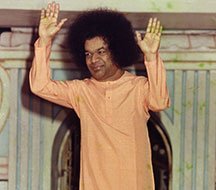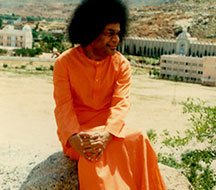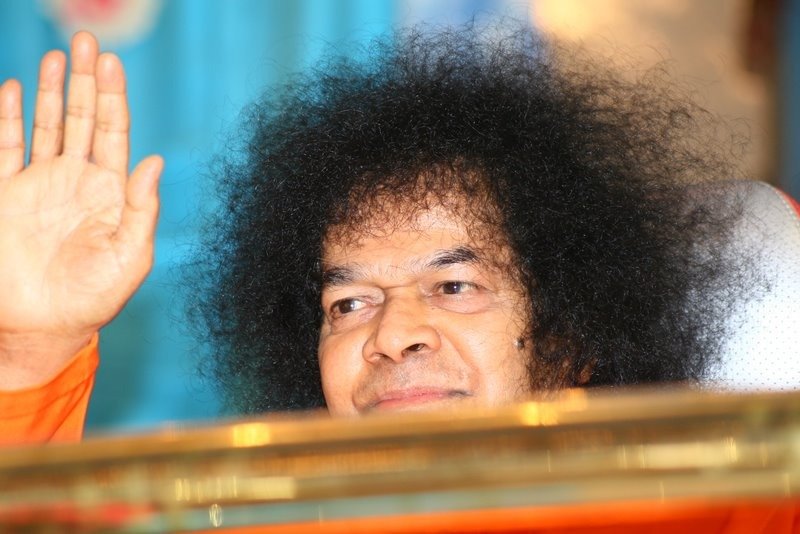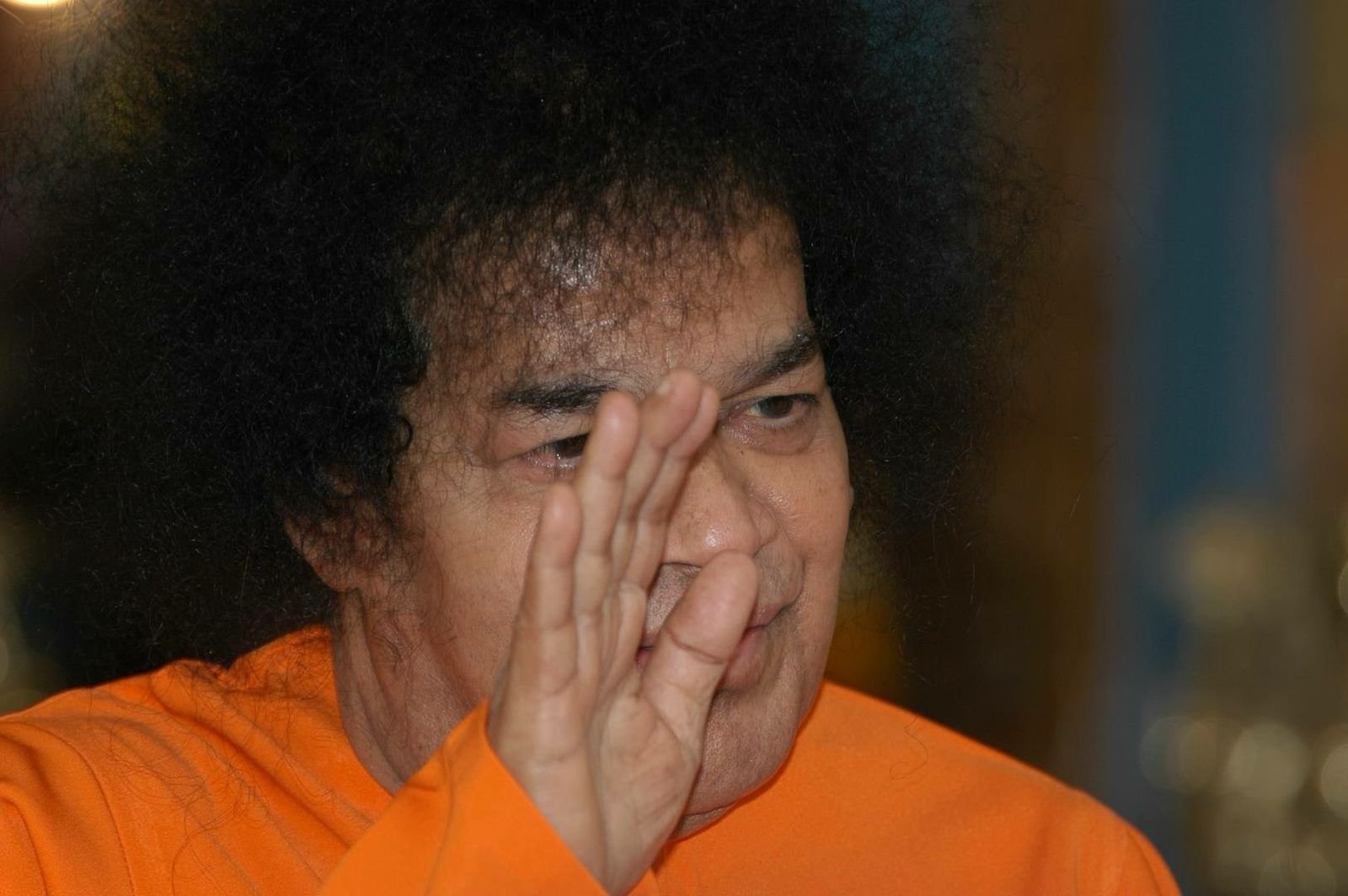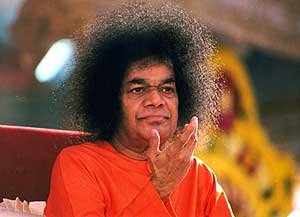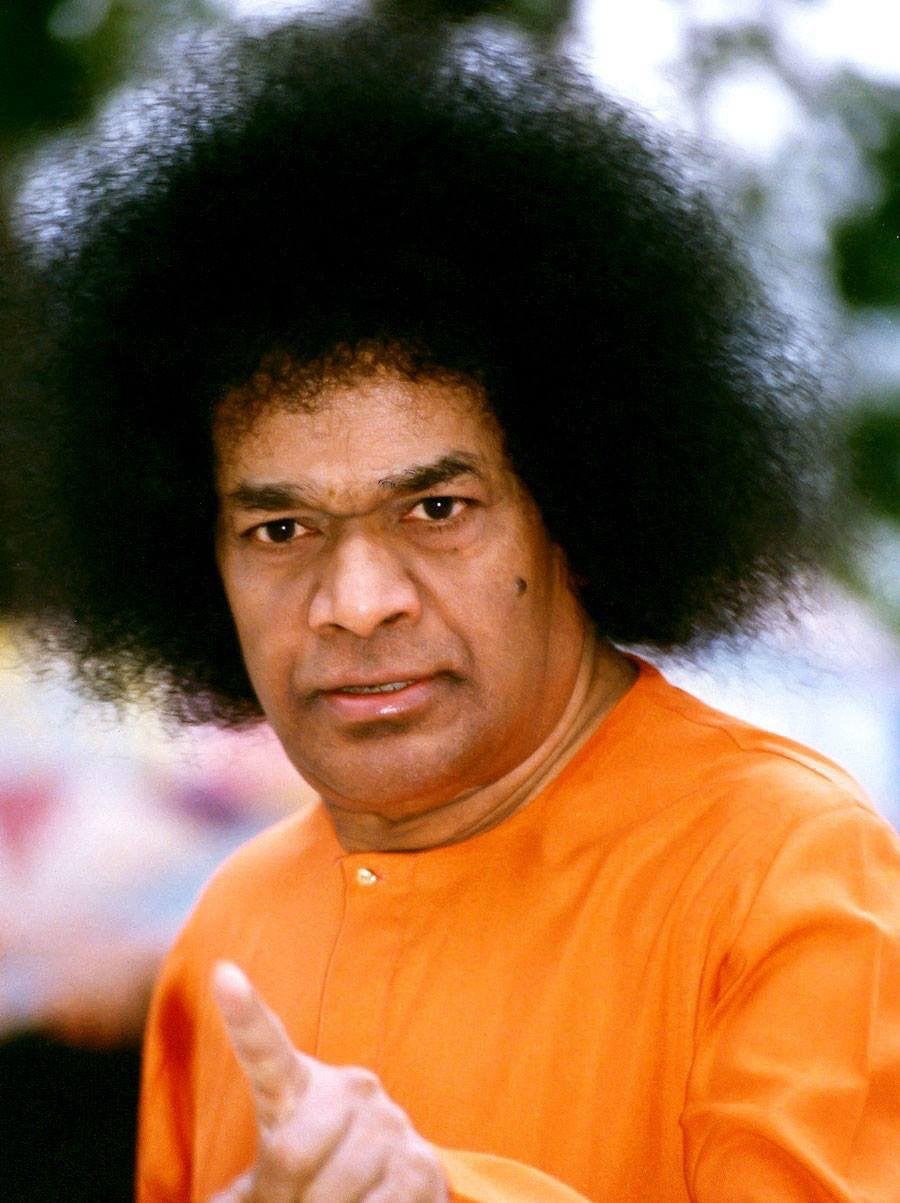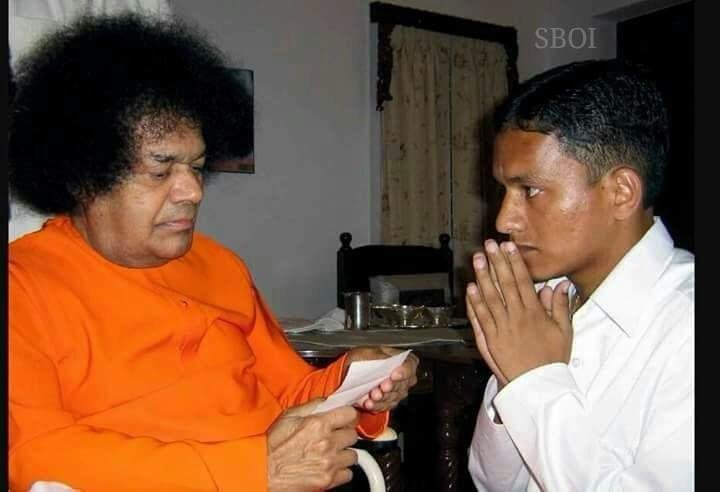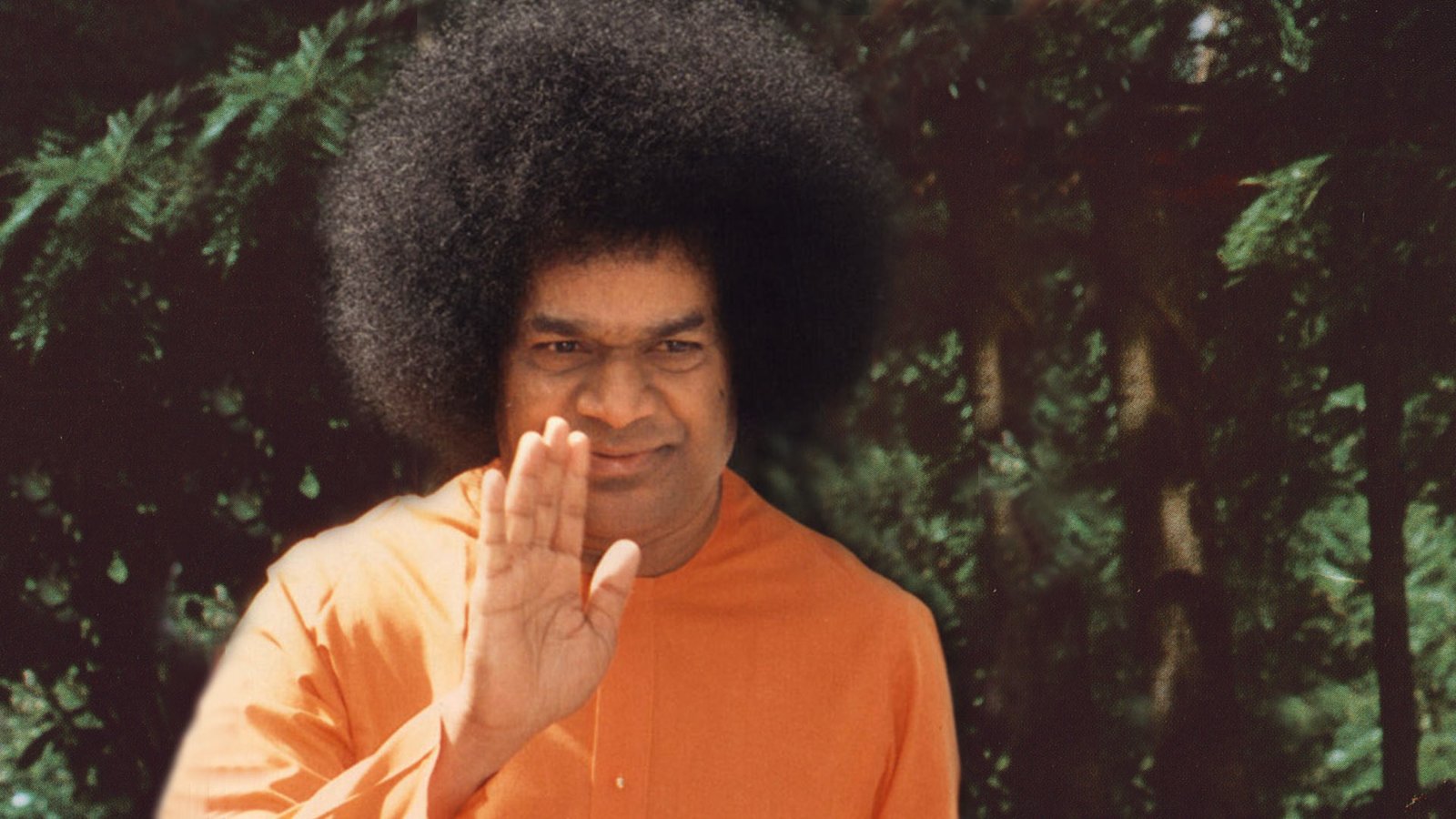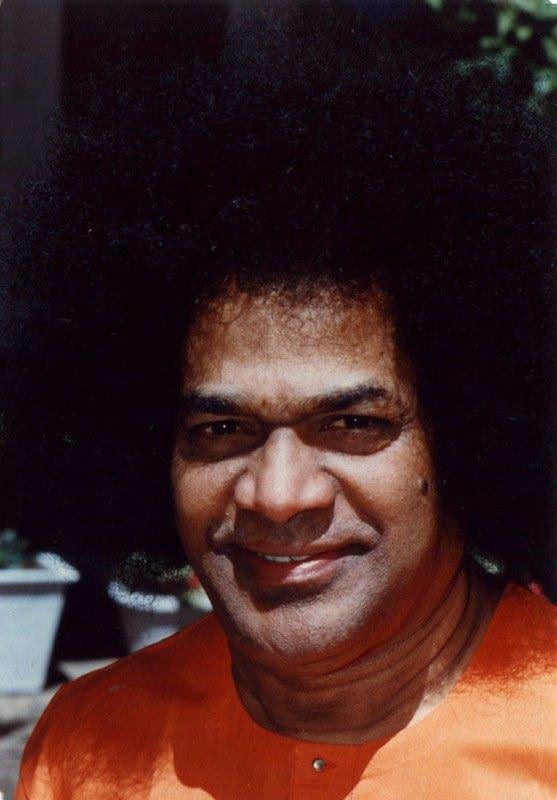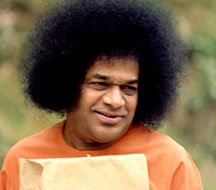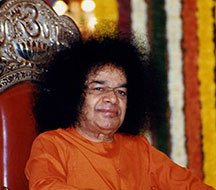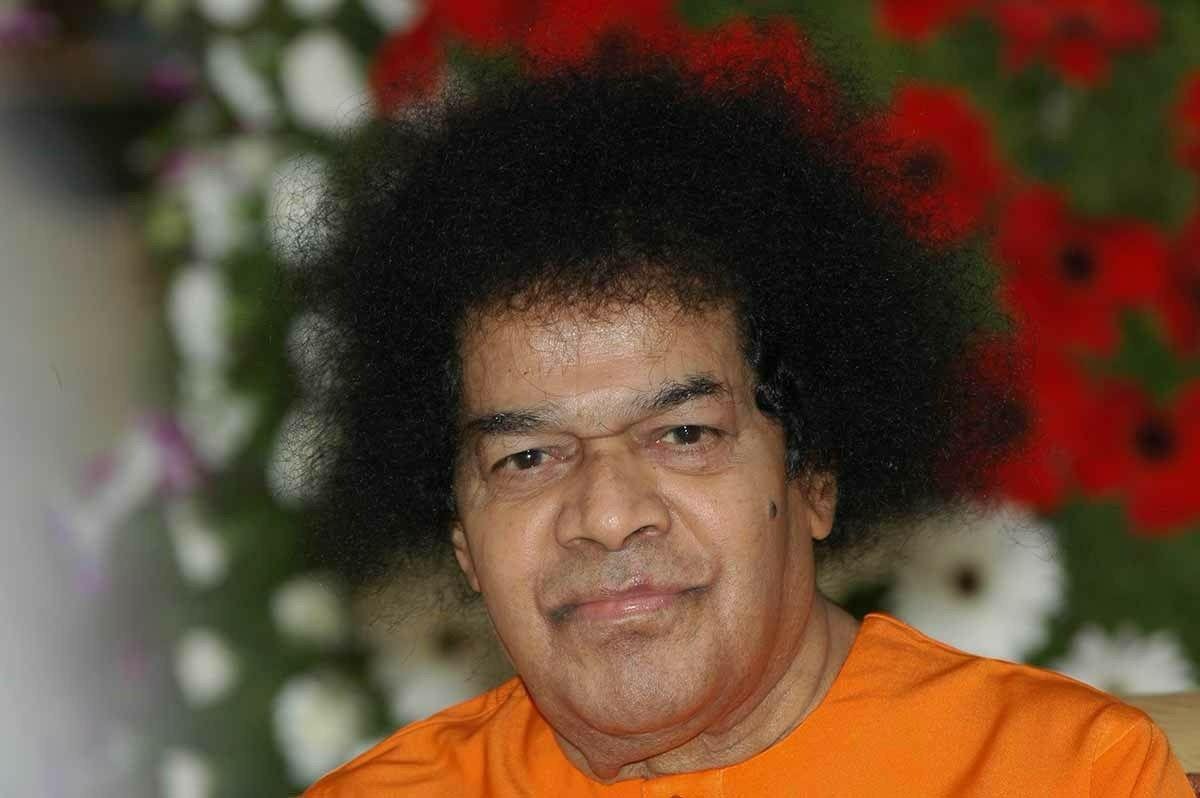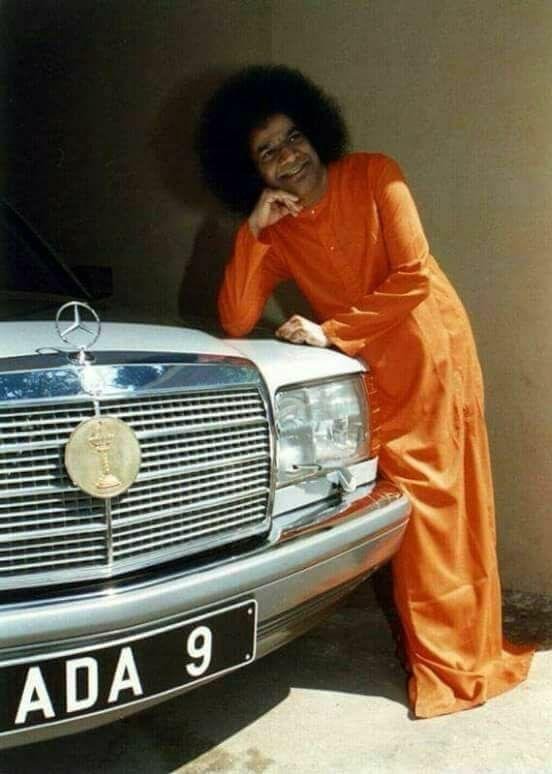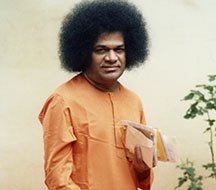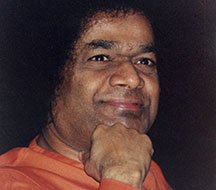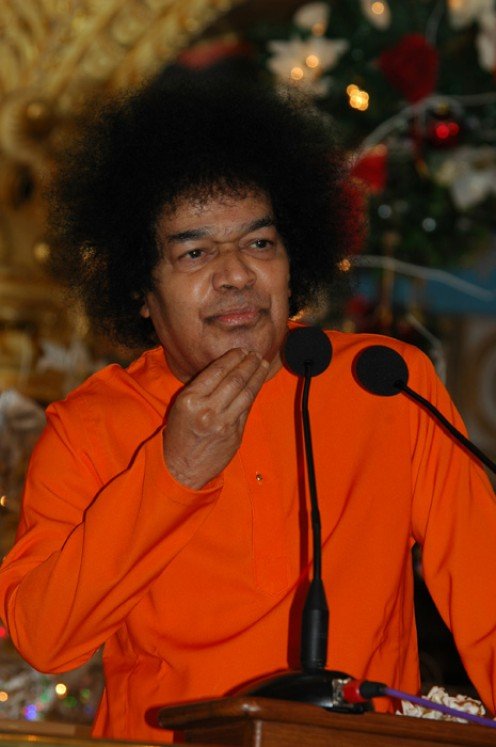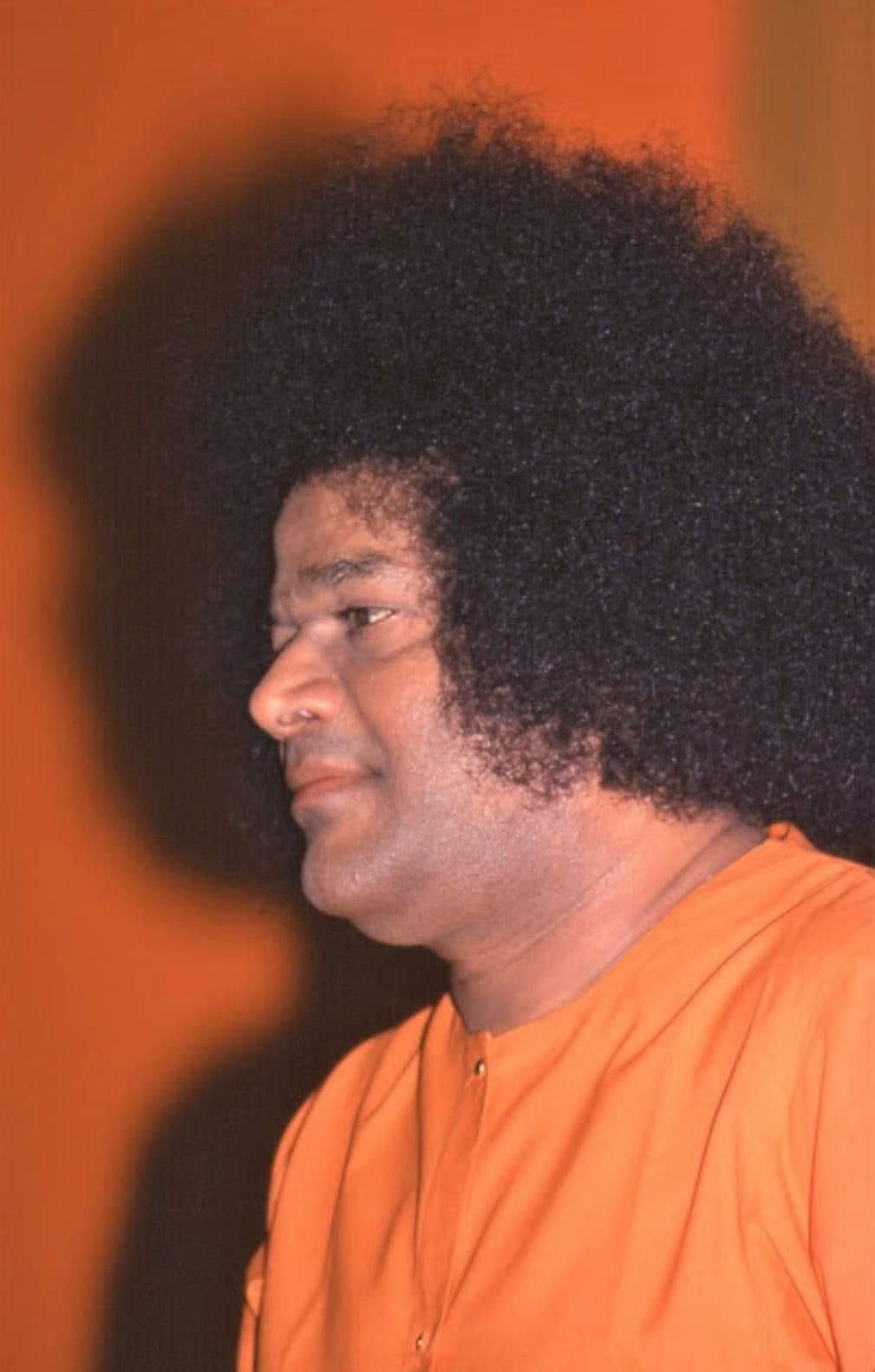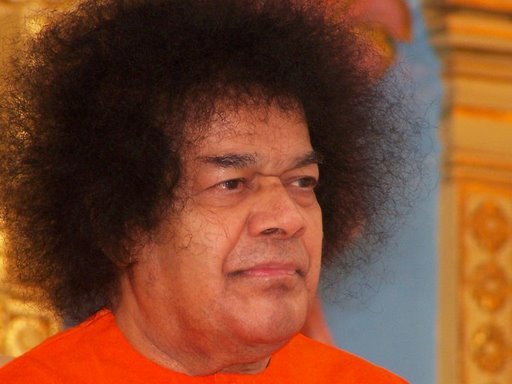Vijayadashami (Dussehra)
Vijayadashami, also known as Dussehra, is a major Hindu festival that celebrates the victory of good over evil, righteousness over unrighteousness. Observed on the tenth day of the Navratri festival, it marks Lord Rama’s triumph over Ravana in the Ramayana and Goddess Durga’s victory over the demon Mahishasura. Celebrated with Ramlila performances, effigy burning, and vibrant processions, it inspires people to overcome negativity and embrace virtue, making it one of India’s most culturally rich and spiritually significant festivals.
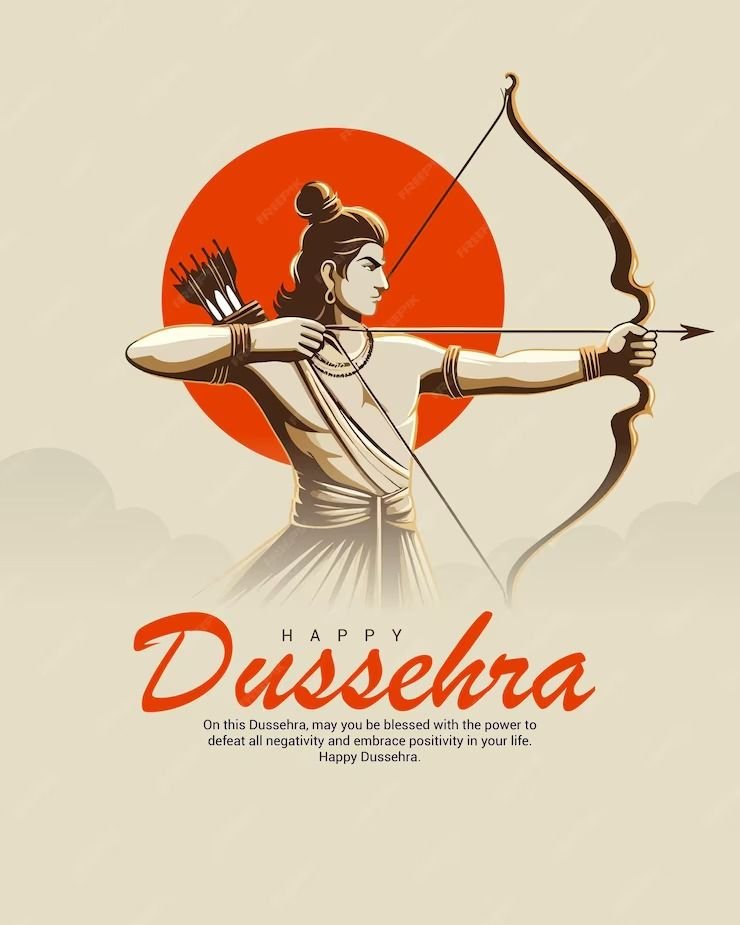

Dussehra, or Vijayadashami, is a festival that symbolizes moral strength and the ultimate triumph of good. From Ramlila enactments and Ravana effigy burnings in the north to Durga idol immersions in the east, this day unites India’s cultural diversity in a shared celebration of justice and divine power.






Rituals & Traditions of Vijayadashami (Dussehra)

Vijayadashami, or Dussehra, is celebrated with devotion and grandeur across India, with unique rituals that reflect the central theme of good triumphing over evil. In North India, dramatic enactments of the Ramayana, known as Ramlila, are performed for several days, culminating in the burning of giant effigies of Ravana, Kumbhakarna, and Meghnath to symbolize the destruction of evil. In West Bengal, Odisha, and Assam, this day marks the conclusion of Durga Puja, with elaborate processions and the immersion of Goddess Durga’s idols in rivers, signifying her return to the divine realm. Southern states celebrate the day with Ayudha Puja and Shastra Puja, where weapons, tools, books, and instruments are worshipped as blessings for success and livelihood. In Maharashtra, people perform Shami Puja and exchange Apta leaves as a symbol of prosperity, while in Gujarat, the festivities conclude with vibrant Garba and Dandiya dances. Mysore Dasara is marked by grand royal processions, showcasing the festival’s cultural richness. Vijayadashami is also considered one of the most auspicious days of the year, with many choosing it to begin new ventures, purchase vehicles, or start children’s education, making it a day of devotion, renewal, and celebration of righteousness.
Spiritual Importance & Cultural Significance
Vijayadashami, or Dussehra, holds deep spiritual significance as it symbolizes the eternal victory of Dharma (righteousness) over Adharma (evil) and inspires devotees to reflect on their inner battles, conquer negative emotions, and walk the path of virtue. It is a day that celebrates divine power, as seen in Lord Rama’s triumph over Ravana and Goddess Durga’s slaying of Mahishasura, reminding us that with faith, courage, and devotion, good will always prevail. Spiritually, it marks the culmination of the nine-day Navratri period of prayer, fasting, and self-purification, leading to renewal of energy and spiritual growth. Culturally, Vijayadashami unites India’s diverse traditions, with grand celebrations like Ramlila and Ravana Dahan in the north, Durga Puja immersion in the east, Mysore Dasara’s royal processions in the south, and festive Garba and Dandiya dances in the west. This diversity highlights India’s rich heritage while reinforcing shared values of morality, strength, and devotion, making Vijayadashami both a spiritual festival and a vibrant cultural celebration.


Food & Sweets & Modern Celebrations

Vijayadashami, or Dussehra, is not only a deeply spiritual festival but also a celebration of togetherness and festivity marked by delicious traditional foods and sweets. Across India, families prepare regional delicacies like poori, chole, aloo sabzi, kheer, jalebi, laddoos, barfi, payasam, and other festive dishes that vary by culture and region. In South India, special dishes like Kesari, Sundal, and Vada are offered during Ayudha Puja, while in Bengal, sweets such as rasgulla, sandesh, and mishti doi are a highlight of Durga Puja feasts. The festival is also a time for family gatherings, community meals, and sharing prasad, symbolizing harmony and gratitude. Modern celebrations bring an added layer of grandeur, with large-scale Ramlila performances, Ravana effigy burnings with fireworks, cultural fairs, and decorative lighting in towns and cities. In many places, technology has amplified celebrations with live streaming of rituals, virtual pujas, and online cultural events, making it easier for people around the world to participate. Vijayadashami beautifully blends age-old customs with contemporary joy, creating an atmosphere of devotion, celebration, and unity.

